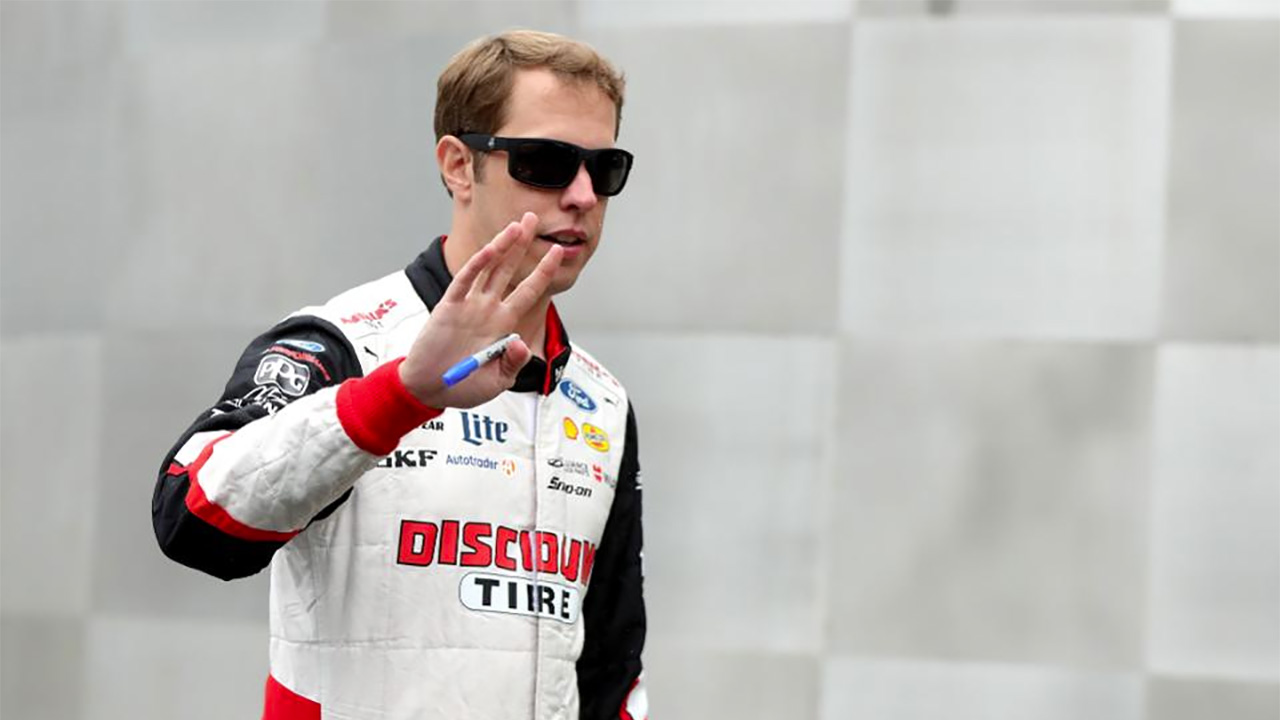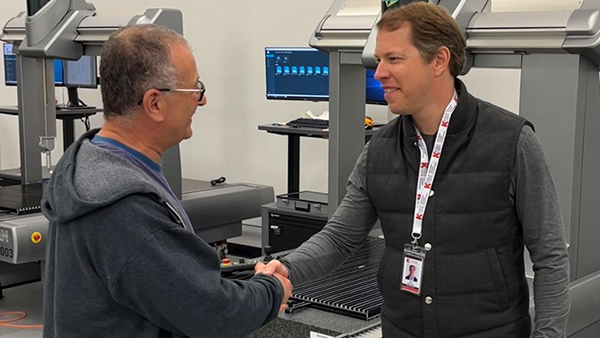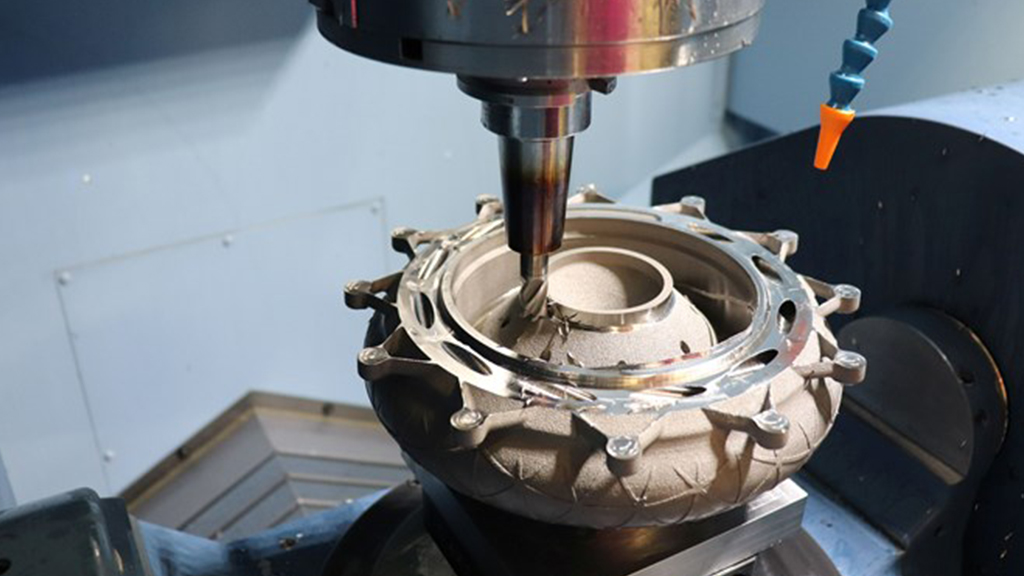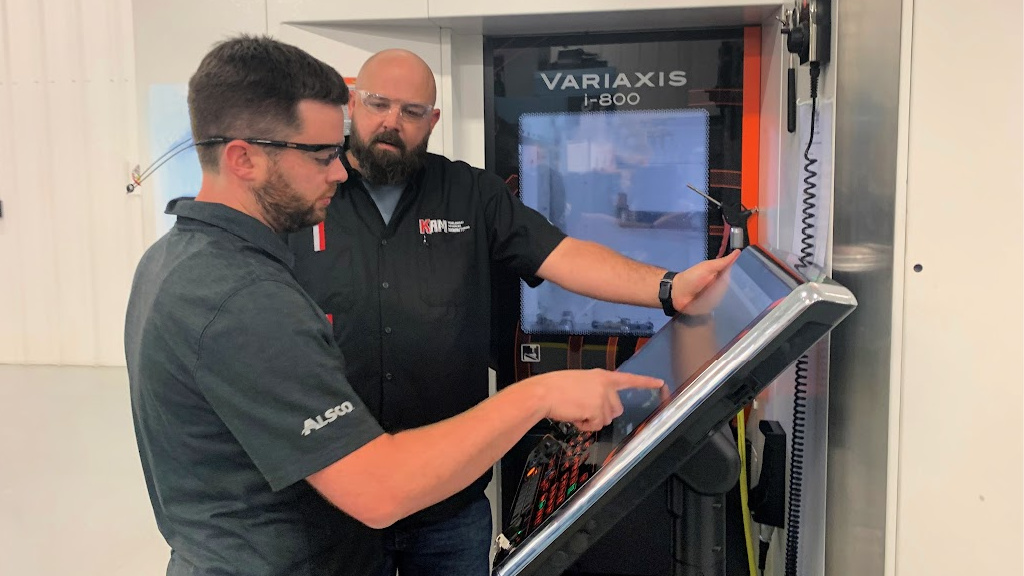Nascar driver Brad Keselowski has invested more than $10 million to start an advanced contract manufacturing company that he hopes will build off the knowledge gained from motorsports’ early adoption of 3-D printing. The new company, called Keselowski Advanced Manufacturing and based in Statesville, N.C., expects to work with aerospace, military, and oil and gas companies in the near term and expand to medical ones in 2020.
“This is the type of manufacturing that is not going overseas. I believe in it,” Keselowski told Forbes in a telephone interview. The company, which began operating quietly in 2018, has planned a press conference for Thursday to announce its launch.
Keselowski, 34, is the sixth highest-paid Nascar driver with total earnings of $11.2 million, according to Forbes’ 2018 list of Nascar’s highest-paid drivers. He was the 2012 Nascar Sprint Cup champion.
Keselowski – who plans to race in Daytona on February 17 when the season opens – won’t quit racing to run the new business. Instead, he has hired a general manager, Steve Fetch, who previously worked as vice president of global quality for 3D Systems, the publicly traded 3-D printing company, to run the 70,000-square-foot facility. Keselowski Advanced Manufacturing has installed 3-D printers from GE’s Concept Laser, as well as CNC machining capabilities.
Motorsports was one of the earliest industries to adopt 3-D printing technology, using it for rapid prototyping of cars that can cost $250,000 for one-time use and need to be precise in their aerodynamic capabilities.
Keselowski, who grew up in a racing family in Rochester Hills, Michigan, said he first learned about 3-D printing when he was 13 or 14 years old, and saw his family testing what he calls “the most expensive toy cars in the world” in wind tunnels. The 3-D printed parts were plastic so couldn’t be used in real race cars, but they allowed the design and engineering to happen more quickly. “I thought it should go in a real car, but it couldn’t because it was plastic. It’s hot, and it would melt. But it’s good for prototyping,” he recalled.
Keselowski’s father and uncle raced in the summer, and in the long Michigan winters turned the race shop into a contract outfit that did design, engineering and manufacturing for others. “One time, GM approached them, and said, ‘We’re struggling with building the Hummer. Can you fix it?’” he said. “That put food on the table over the winter, and they would race in the summer.”
Over the years, Keselowski said, he learned more about advanced engineering and manufacturing – and its importance to race car drivers – especially as he drove for billionaire racing magnate Roger Penske. “The more engineering and manufacturing skill we put into our race cars, the faster they went and the more I would win,” he said. “And I like winning.”
He recalled one day in particular, toward the end of the 2012 season when he was practicing for a race and there was an issue with the car. “We had designed the car around certain speeds and G-forces, and the weather changed and became unseasonably warm for where we were in Texas. When it gets warm, the cars slow down, and the parameters for one of the parts on the car was out of spec,” he said.
By 1 p.m. Saturday afternoon, the engineering team team on site in Texas was on the phone with the engineering team in North Carolina about redesigning the part, which controlled the aerodynamics on the read end of the car. With the race scheduled for morning, there was no time to waste. The engineering team hustled to redesign the part, and got it to Texas to be bolted onto the car by 9:30 a.m., in time for the race. Though he didn’t win that race, he came in second, and won the Cup at the end of the season.
While Team Penske will continue to build the race cars he drives, Keselowski hopes to build off motorsports’ demands for speed and precision with his new company. “Think of that in terms of the product-development lifecycle,” he said. “That’s what I’m trying to build with KAM.”








